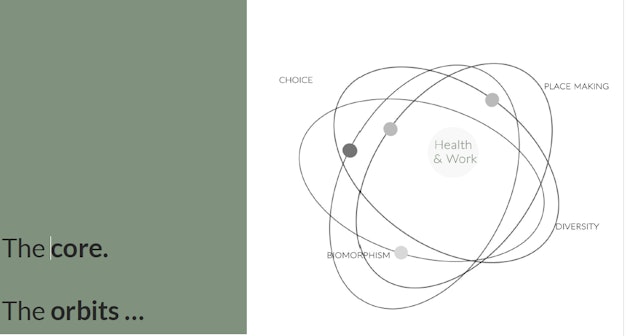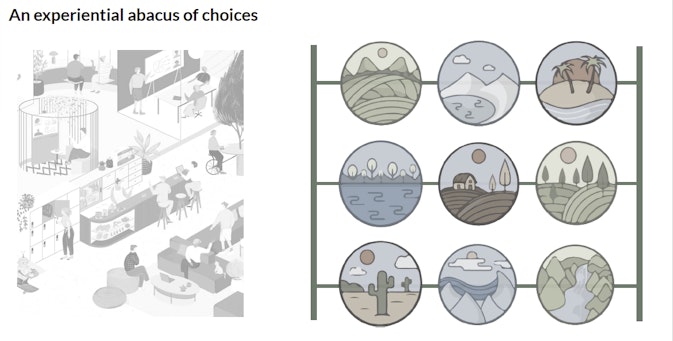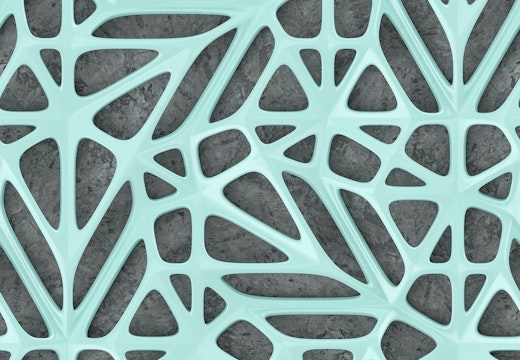Health and work: can we design a more interconnected approach?
Workplace wellbeing has moved up the agenda since the pandemic, but are we addressing the issue in sufficient depth? Adrianse explores a more holistic framework for health and work in new article series
Health and wellness in the workplace have never been higher on the business agenda. But while this fast-growing interest in wellbeing is a welcome consequence of the global pandemic, not everyone is convinced that current approaches to health and work are being developed with sufficient depth.
As Chinmayee Ananth, a director of global design firm Adrianse, explains: ‘The way we think about health has changed since Covid-19. The drive to design wellness-compliant workspace is now very strong. But while such initiatives are expanding, too many are just transactional and programmatic. We need to think more deeply and conceptually about how healthy work can be defined from multiple perspectives.’
This WORKTECH Academy series, in collaboration with Adrianse, aims imagine an integrated approach to health and work where workspaces actively function to enhance healthy living. To do this, the various systems that comprise the workplace – technological, natural, material, cultural, human and spatial – need to be aligned within a holistic framework.

Image: Courtesy of Adrianse
What makes us healthy?
So, what makes a healthy workplace? The first article introduces the series and opens this discussion, examining the question at three scales – the city, the workplace and the home. This allows for reflection about how different urban systems impact health, how some types of workplace are often overlooked when it comes to health, and the range of flexible options and home environments that vary from individual to individual. Read the full article here.

Image: Courtesy of Adrianse
Hybrid and the tech revolution
In the second article we look at hybrid working and the ways in which technological change has altered how we live and work. With the rise of hybrid, we have confronted the joys and challenges of technologically enabled working. But Adrianse believes that better workspace design is part of the solution to these problems, helping provide spaces that bring new purpose to the office. Find out more here.
From biophilia to biomorphism
In the third article we examine how better connection to the natural world is a critical part of creating healthier, more sustainable workplaces. Some current trends in biophilic design are merely a nod to the natural world, but embracing a biomorphic approach can lead to healthier spaces which reflect more deeply the patterns and forms found in nature. Read more about a biomorphic approach to design here.
Diversity and inclusion in focus
Our fourth article examines design for a wider scope of needs, embedding inclusion and diversity into design in a holistic manner. In order to design truly healthy workplaces, the culture, values and physical space of a company need take into account a wider, more diverse range of voices to ensure that no employee’s health is negatively affected by their built environment. Access the article here.
Placemaking: bringing the strands together
In the fifth and final article we examine the idea of placemaking and the role of this practice in helping to create healthy, thriving workaplces where employees feel a sense of belonging. Through the lens of placemaking, the strands of design that we have discussed can be brought together to facilitate the transformation of the workplace towards a position where the environment that employees work in actively enhances their health. Read about how these ideas have been utilised in practice with a case study from Adrianse here.








